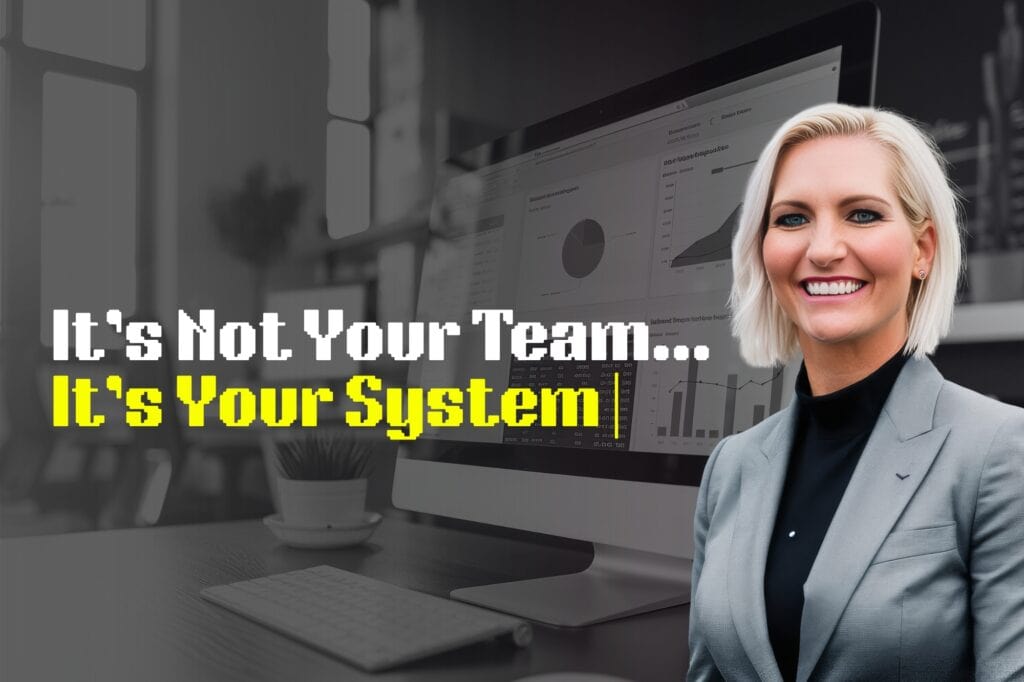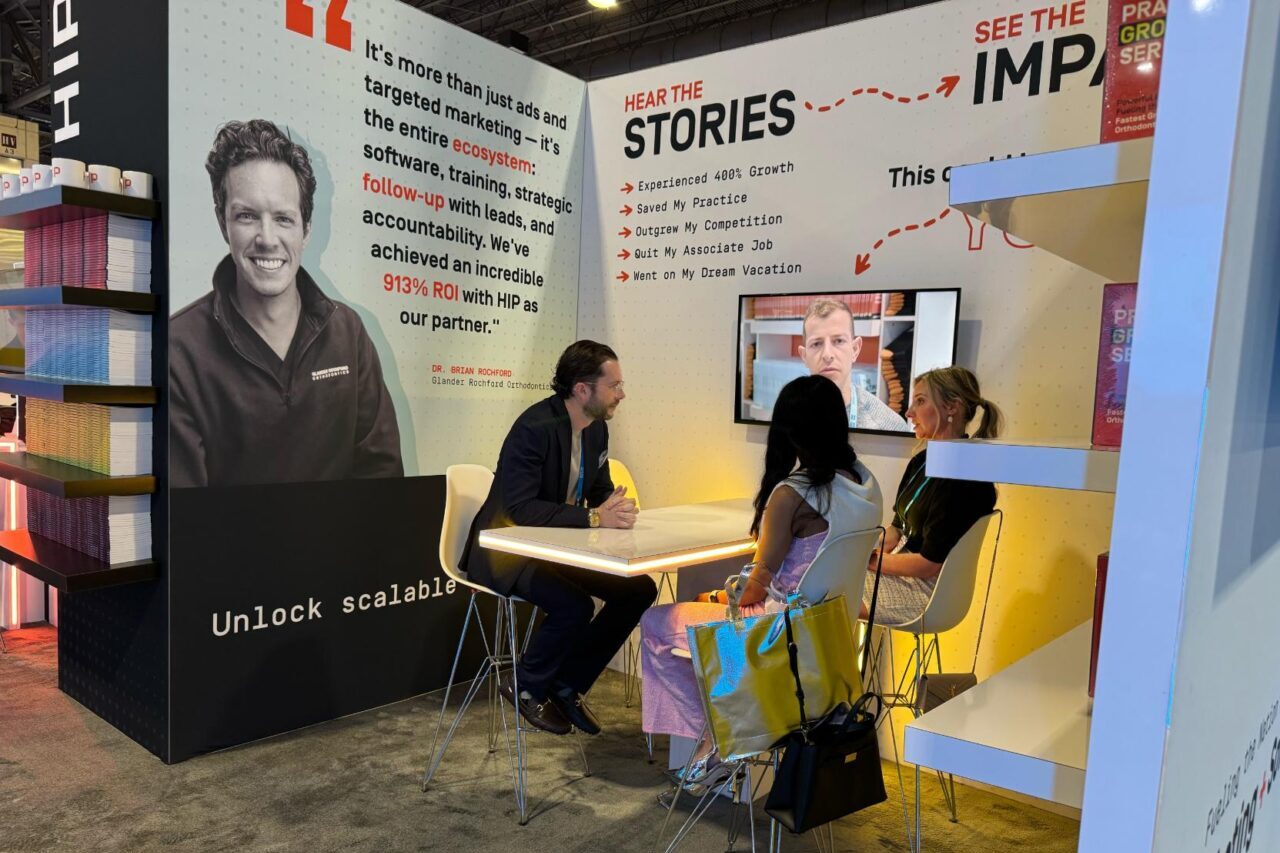Subscribe: RSS
When something breaks in your dental practice—whether it’s the schedule falling apart, collections slipping, or a team member underperforming—it’s tempting to point the finger at people. But what if the real problem isn’t the person, but the system they’re working in?
Tiffany Fleisch, a seasoned fractional COO and longtime operator in dental organizations, has a radically simple but transformative insight: 97% of failures in a practice come from broken systems, not broken people. Her approach has helped practices go from stagnant and stressful to scalable and thriving—not by replacing staff, but by rethinking operations.
This article explores why most dental practice problems are rooted in system failure and what you can do about it.
The Myth Of The Problem Employee
Practice owners often fall into the trap of thinking performance issues stem from laziness, inattention, or a bad attitude. The reality is usually more structural than personal.
Tiffany’s early years in operations were full of failures—many of which she caused. She didn’t have formal training in operations, HR, or finance. But she approached every failure with the same question: What system is broken here, and how do I fix it?
Rather than being defeated when something went wrong, she saw each breakdown as a diagnosis opportunity. That mindset helped her build resilient systems that didn’t rely on heroics or micromanagement.
The 97% Rule: Most Practice Problems Are Process Problems
Tiffany’s claim that 97% of issues stem from system failure might seem bold—until you apply it to common dental practice challenges:
- Collections slipping? You may lack a structured follow-up system or have no insurance aging review process.
- Low treatment acceptance? It might be your handoffs, not your team’s attitude.
- Scheduling gaps? You may not be balancing new, emergency, and recall exams in a way that supports production.
In each case, the failure isn’t about someone making a mistake—it’s about not having a process that makes success easy and repeatable.
Crisis Creates Systems: How Personal Setbacks Built Leadership Strength
Tiffany didn’t fully embrace systems thinking until she was forced to.
A car accident and an unexpected pregnancy left her physically limited, managing three locations with a newborn. She could no longer jump in and “just fix it.” That period forced her to relinquish control, delegate responsibility, and empower her team with better systems and autonomy.
Years later, a ski accident and five surgeries made it impossible for her to do many operational tasks herself. She couldn’t even write notes—her team had to lead without her direct input. That season cemented her belief in building layered leadership and robust systems that didn’t require her presence to function.
Those painful experiences forced her to lead through people and processes—not presence.
How to Build Systems That Solve Problems Without You
Want to scale? You can’t do everything yourself. And you don’t need to.
Start with the assumption that if something isn’t working, the system failed—not the person. That means:
- Every breakdown is a blueprint for system improvement.
- Every frustration is a design problem, not a discipline problem.
- Your team should be empowered to suggest improvements—not just follow orders.
This mindset shift allows you to lead with clarity and confidence, instead of constantly putting out fires.
Practical Takeaways
If you’re ready to shift from reactive to proactive leadership, here are three concrete steps:
- Do a Blame Audit
Look at recurring problems in your practice. Are you blaming people when the issue might be a lack of process, training, or clarity? - Track Your Frustrations
Every time you feel the urge to jump in and fix something, document it. After a week, review the list and ask: “What process could prevent this from happening again?” - Build Leadership Below You
Instead of being the sole fixer, build systems and train people who can identify and close gaps on their own. That’s how you scale sustainably.
Final Thoughts
In a high-performing practice, success doesn’t hinge on having superstar employees—it hinges on having strong systems. When you stop blaming people and start fixing processes, everything changes. Tiffany Fleisch’s journey is proof that the best operators aren’t always the best doers—they’re the best builders.
Want less stress and more scalability? Start by fixing the system, not the staff. If you are wanting to connect and work with Tiffany here is the link to her Linkedin Profile: https://www.linkedin.com/in/tiffany-fleisch-73298910b/



